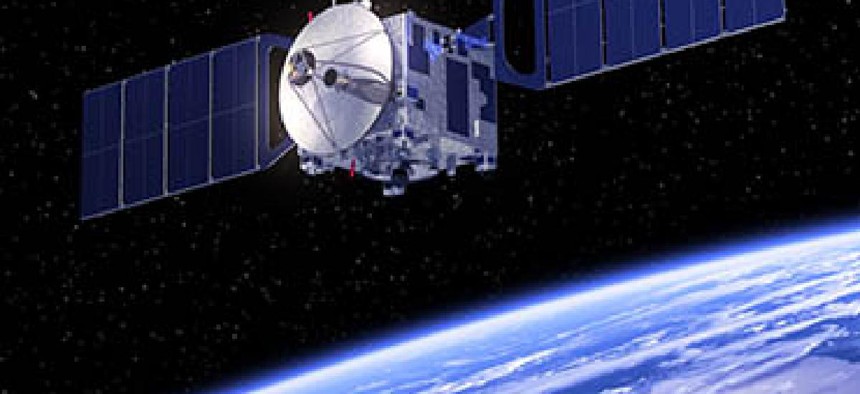Making a 22,000-mile service call

DARPA is seeking robots that can do repair work on satellites in high orbits.

What: A Defense Advanced Research Projects Agency request for information from the space technology community on robotic servicing capabilities for satellites.
Why: Increasingly expensive, mission-critical satellites are launched into geostationary Earth orbit more than 22,000 miles above the earth every year. Unlike low Earth orbit objects like the Hubble Space Telescope, satellites in GEO can't be reached when they need upgrades or service, DARPA said. That means those satellites must be designed to operate without upgrades or repairs for their entire service lives, bumping up their physical size, complexity and costs. According to the agency, the ability to safely and cooperatively work with satellites in GEO would "revolutionize military and commercial space operations alike, lowering satellite construction and deployment costs and improving satellite lifespan, resilience and reliability."
DARPA said it is considering a flight demonstration to introduce space robotics capabilities to GEO satellites within the next five years. The agency said it wants to develop a public/private partnership because the majority of satellites in GEO are commercially owned. The partnership, it said, would make robotic servicing available to military and commercial GEO satellite owners on a fee-for-service basis. The partnership would help develop near-term technical capabilities and significantly contribute toward the creation of a sustainable, commercially owned-and-operated space robotics enterprise.
The servicer developed under such a program would work cooperatively with client satellites to support a variety of multi-year missions while it was in orbit with GEO satellites, including inspections, mechanical repairs and adjusting orbits.
DARPA noted the existence of current commercial efforts to develop on-orbit refueling and satellite life extension, and said it welcomes information on possible early-opportunity collaborations or partnerships involving such missions, including technology demonstration and maturation, data sharing or testing.
Click here to read the RFI.





